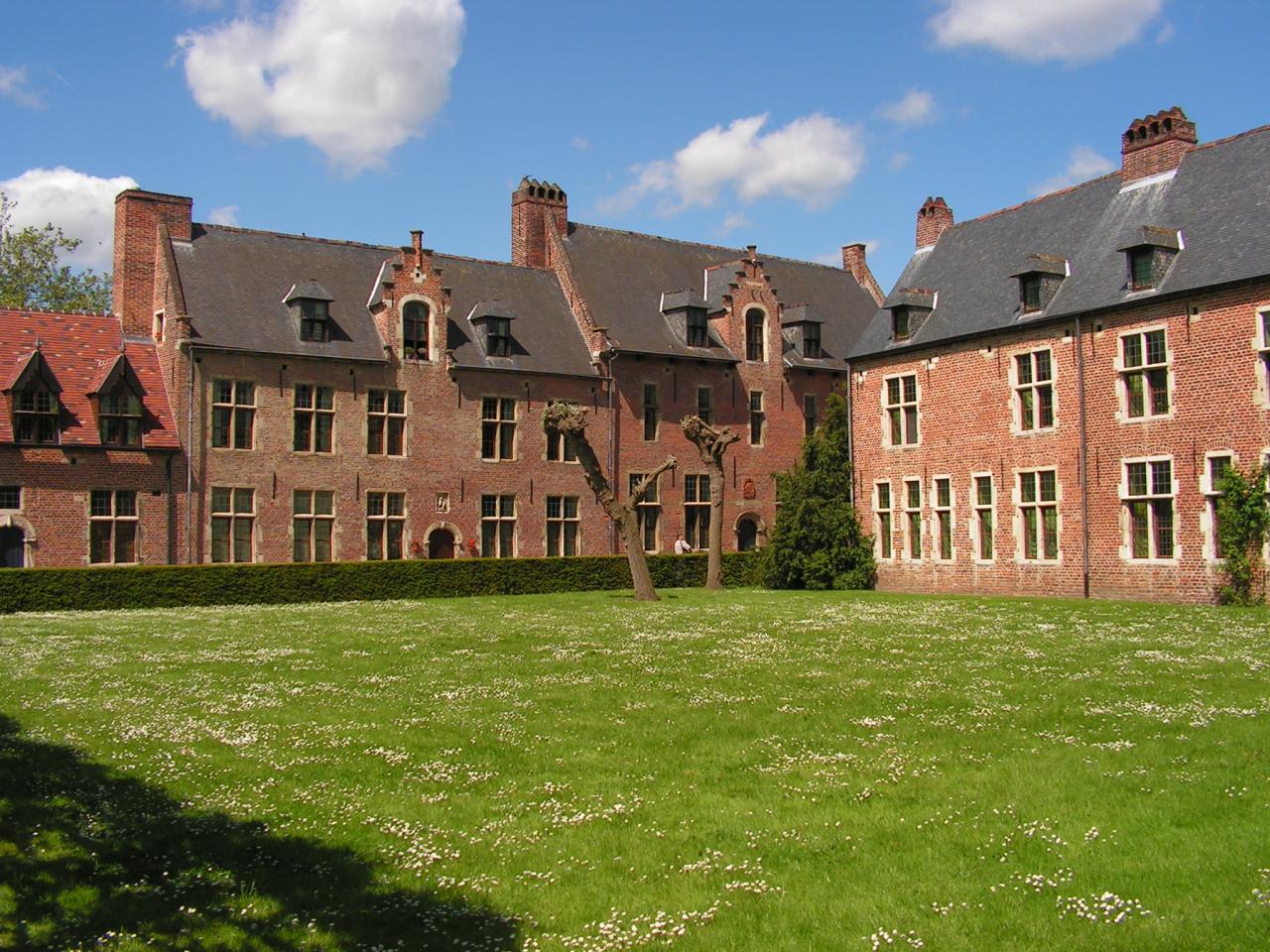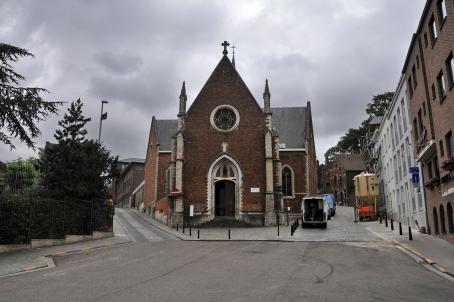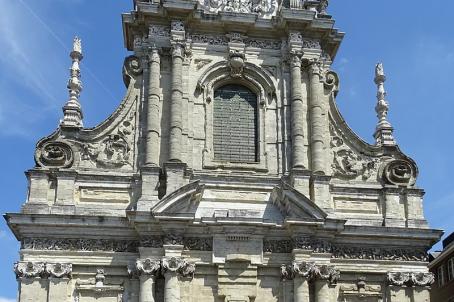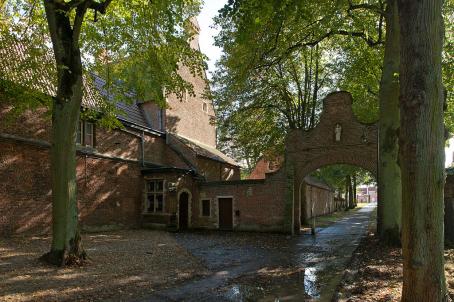Grand Beguinage of Leuven

The Grand Beguinage of Leuven is a well-preserved historical district and one of the largest remaining beguinages in Flanders. This beguinage was established in the early 13th century and the peak in the number of vocations was reached around 1650-1670 when the number of beguines exceeded 360. During the French Revolution, the beguinage was not sold as a national asset, as was the case with the monasteries. The last beguinage died in 1988.





